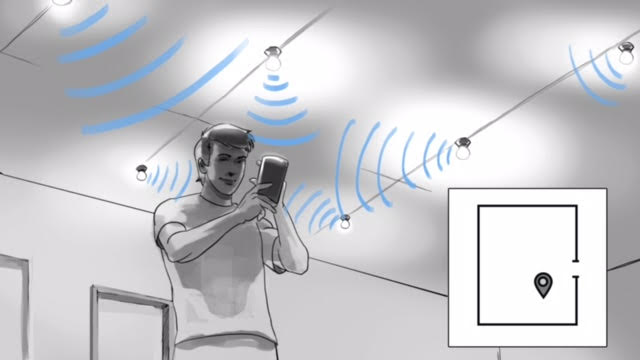Abstract

The Internet of Things (IoT) envisions that many devices can connect to a network. Visible Light Communication (VLC) based on Light Emitting Diodes (LEDs) is an attractive communication fabric for the IoT, as LEDs are readily available and can serve as transmitters as well as receivers. LED light bulbs, enhanced with photodiodes, provide an attractive path to extend device-to-device communication to room area networking. This paper describes a VLC system, called EnLighting, based on light bulbs that support an embedded Linux version (and its complete networking stack). These programmable light bulbs can both send and receive; they can communicate with objects in a room as well as with other light bulbs nearby. Bidirectional communication allows a light bulb to actively participate in networking and simplifies deployment, maintenance, configuration, and controllability of indoor lighting installations and services. EnLighting supports low-bandwidth communication services in a room (and via a gateway, beyond the room), which provide the base for other applications, e.g., a location service. This paper includes an initial evaluation of a room area communication and localization network based on prototype Linux-enabled light bulbs, reporting the performance for different network traffic types, and shows the benefits obtained from bidirectional communication. This proof-of-concept system illustrates that simple devices can provide an attractive solution to future communication challenges in the saturated radio spectrum.
Additional Content
Copyright Notice
The documents contained in these directories are included by the contributing authors as a means to ensure timely dissemination of scholarly and technical work on a non-commercial basis. Copyright and all rights therein are maintained by the authors or by other copyright holders, notwithstanding that they have offered their works here electronically. It is understood that all persons copying this information will adhere to the terms and constraints invoked by each author’s copyright. These works may not be reposted without the explicit permission of the copyright holder.